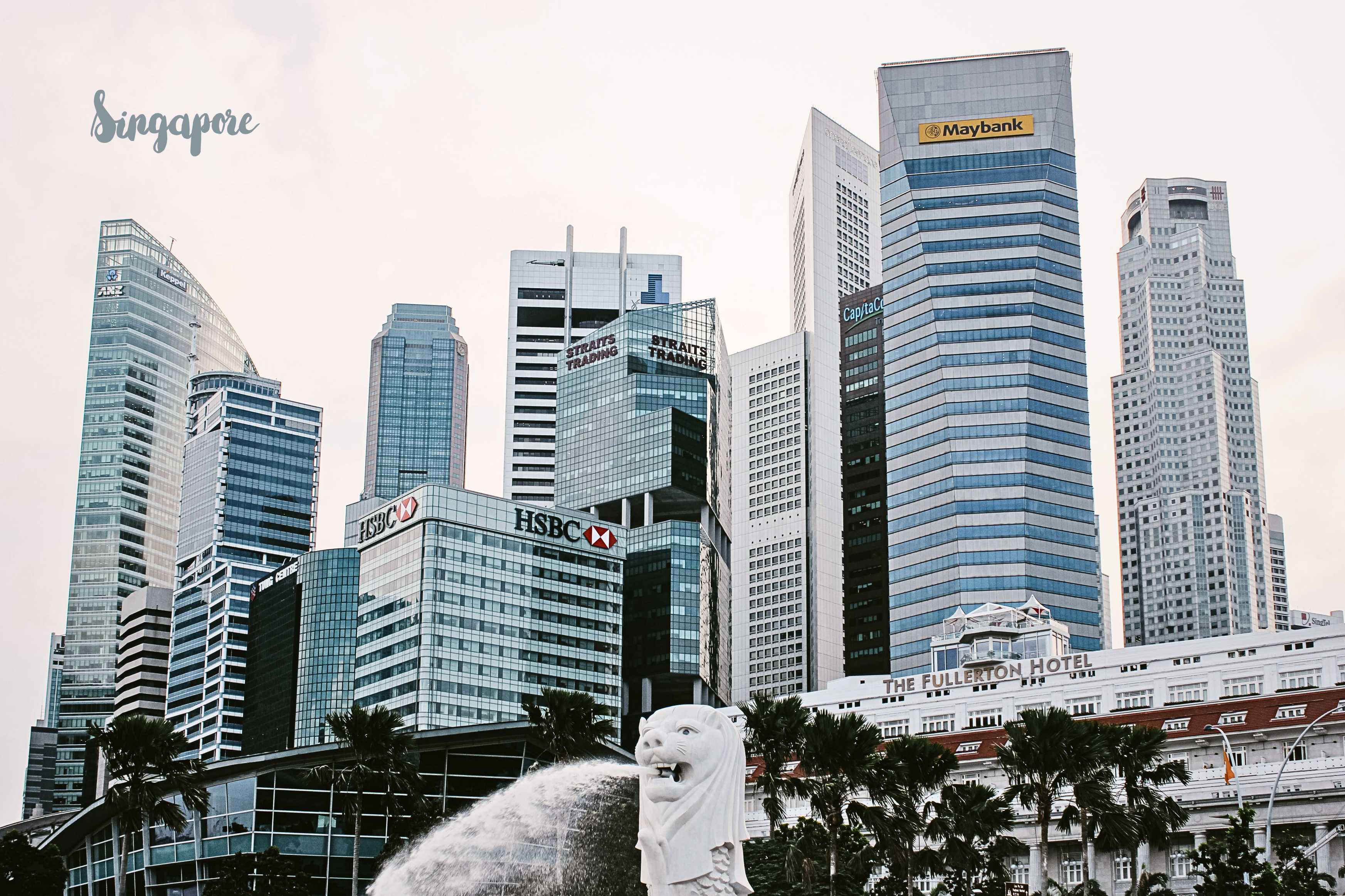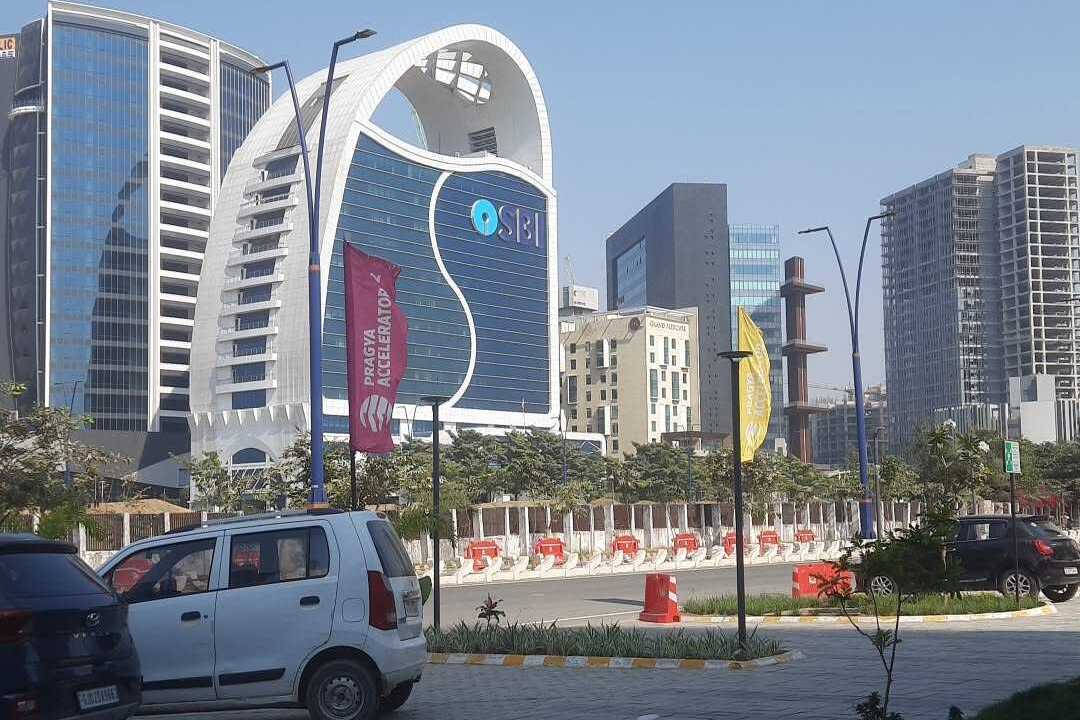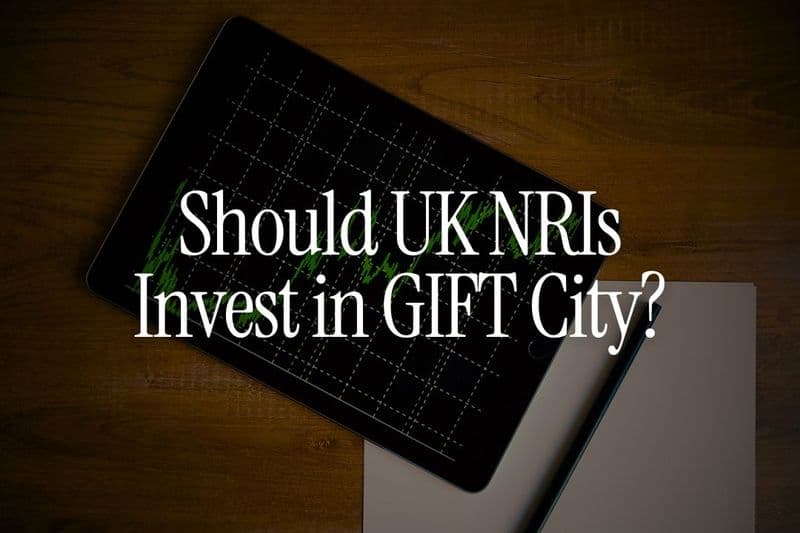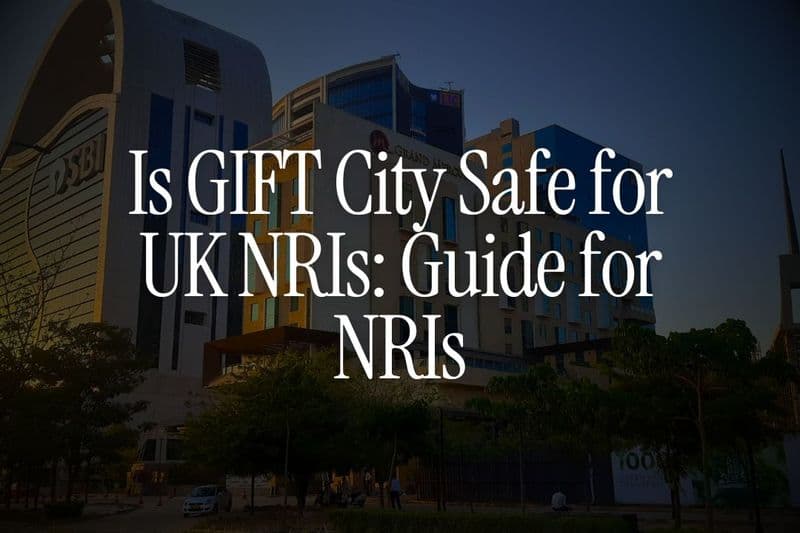The world's financial hubs are in a race to provide businesses with the best environments to expand and flourish. On one side, we have Singapore, a well-established finance powerhouse known for its pro-business regulatory environment and highly skilled workforce that complements it. Singapore is a gold standard for financial innovation. On the other hand, we have India taking a gamble with GIFT City, an ambitious financial hub with a distinctive framework envisioned to create a world-class finance hub for the world.
The decision between GIFT City and Singapore is not geographically based—it's based on opportunity, expense, and long-term returns. Here is a blog that helps you know how the processes are optimised in these financial hubs on various parameters.
Overview of GIFT City and Singapore
Singapore and GIFT City present two distinct financial stories. Singapore stands as one of the global hubs in international finance, whereas GIFT City is an emerging one. Let’s take a look at the contrasting overview of the two financial hubs.
Singapore’s Evolution as a Financial Hub:
Singapore’s population is 6.5 million, according to the latest estimates. Singapore’s ascent as a global financial hub can be traced back to its strategic geographical location, robust regulatory framework, and business-friendly environment.
The establishment of the Monetary Authority of Singapore (MAS) in 1971 was a major turning point in Singapore’s financial evolution. This move set the foundation for a well-regulated financial ecosystem, ensuring long-term stability and growth and solidifying Singapore’s reputation as a gold standard in global finance.

GIFT City’s Rise as India’s Global Finance Center:
GIFT City has a population of approximately 15,000–20,000 residents as of 2024, with projections to surpass 100,000 by the end of 2025. As India's first fully operational International Financial Services Centre (IFSC), it has been a key driver of the country’s financial ambitions since its launch on April 10, 2015.
It operates under a unique IFSC regulatory framework combining the regulatory powers of four Indian regulators. This is to create an ecosystem that attracts international investments and financial services. GIFT City aspires to compete with established global finance centres through its distinct tax benefits and streamlined regulations.

Financial and Business Opportunities
Singapore: A Global Financial Powerhouse
Singapore provides a mature and highly advanced ecosystem that supports banking, wealth management, fintech and capital markets. It hosts more than 155 international banks, such as JP Morgan, HSBC, Citibank, Standard Chartered, etc. With $5.4 trillion of assets under management (AUM), the financial sector accounts for 14.3% of its GDP as of 2024. The Monetary Authority of Singapore’s (MAS) favourable regulatory environment has supported the growth of Singapore.
The fintech industry is booming, and initiatives have been taken by the Singapore government, such as the Financial Sector Technology and Innovation (FSTI) scheme. As of 2024, more than 1,500 fintech companies are promoting innovation in AI, blockchain, and cybersecurity. Singapore's broad Free Trade Agreements (FTAs) and bilateral investment agreements strengthen the city’s position for companies who want to expand in Asia.
GIFT City: India’s Emerging Financial Hub
GIFT City provides incentive-based regulatory provisions and relaxed tax regimes to compete with established hubs such as Singapore. Large international banks such as JPMorgan, HSBC, and Japan’s Mizuho Bank have already made their presence felt. The overall banking assets exceeded $78 billion as of December 2024. The India International Exchange (India INX) and NSE IX have enabled international stock trading with 22-hour market access.
With financial transactions being done in GIFT City, it is emerging as an innovative finance hub with transactions being done in blockchain. Businesses operating in GIFT IFSC benefit from the concessions extended to GIFT City till 2030. GIFT City is a cost-effective alternative for companies looking to tap into India’s growing economy.
Infrastructure and Urban Development
Singapore:
It is one of the best-planned cities in the world. Its attempt at sustainable Urban development is commendable.
Public Transport and Connectivity
The Mass Rapid Transit (MRT) network covers more than 230 km, covering 140+ stations, ensuring seamless connectivity.
By 2040, the government’s Transport Master Plan of the Singapore Government aims to reduce 90% of peak-hour journeys to under 45 minutes.
Singapore’s smart traffic management systems make it one of the least congested cities globally.
World-Class Aviation Hub
Changi Airport was voted the world's second-best airport in 2024 (Skytrax), offering access to 400+ cities worldwide.
Featuring a 40-meter indoor waterfall and luxury experiences, it sets the standards high for airports globally.
Business Infrastructure and Sustainability
The financial district comprises Asia Square, Marina One, and One Raffles Place, hosting MNCs and global banks.
Office rentals range from SGD 3.8–15 per sq. ft., reflecting Singapore’s premium business environment.
The Green Plan 2030 aims at a 36% reduction in emissions, with energy-efficient buildings, water reuse, and 300 km of green corridors.
Over 80% of buildings are Green Mark-certified under Singapore’s sustainability initiatives.
GIFT City:
It is India's first Greenfield Smart City, designed for sustainable living. Spanning 886 acres, it integrates commercial, residential, and financial districts with future-ready infrastructure.
Smart and Sustainable Urban Planning
It has dedicated walkways, cycling lanes, and underground utility tunnels to streamline urban efficiency.
Electric Bus arrangement for connectivity.
India's first District Cooling System (DCS) cuts energy consumption by 30–40% compared to the conventional cooling system.
The Automated Waste Collection System (AWCS) eliminates open garbage disposal, ensuring a cleaner environment.
100% underground power and water management ensures uninterrupted supply and real-time monitoring.
Tax and Regulatory Framework
Based on a few key factors, the comparison between the two financial centres is as follows
Factor | Singapore | GIFT City |
| Corporate Tax | 17% | Tax concessions till 2030 |
| Personal Income Tax | Progressive up to 24% | 100% exemption for non-resident investors |
| GST/VAT | 9% | No GST on IFSC transactions |
| Capital Gains Tax | None | None |
| Regulatory Body | MAS | IFSCA |
| Ease of Doing Business | High but strict compliance | Flexible and incentive-driven |
| AML/KYC Rules | Stringent | Moderately strict |
Talent Pool, Workforce & Quality of Life: Singapore vs GIFT City
Comparing Talent Pool & Workforce
Singapore has a highly qualified, multilingual workforce, making it the preferred destination of Asia's talent market. With world-class universities such as NUS, NTU, and SMU, as well as a robust financial infrastructure, Singapore's professionals are well-paid (SGD 5,00–7,000 per month). Although stringent foreign worker policies and increasing cost of living are challenges.
On the other hand, GIFT City is tapping into India's sizable, affordable talent pool with premium institutions like IIM Ahmedabad and IIT Gandhinagar. Professionals in GIFT City have lower salaries (40–60% cheaper than in Singapore). GIFT City is attracting Indian talent, though it still lacks Singapore's international workforce and seasoned financial expertise.
Quality of Life and Lifestyle
Singapore lies close to the equator and enjoys a tropical climate. Throughout the year, temperatures range from 24 - 26 degrees during the night to 31- 33 degrees during the day. It is rated as one of the top 5 safest cities in the world. It also has the best healthcare facilities in Asia, including Raffles Medical and Singapore General Hospital. It has one of the most costly housing markets in the world. Singapore is famous for its top-notch entertainment centres, such as Marina Bay Sands, Clarke Quay, and Sentosa Island. Luxury shopping at Orchard Road and Michelin-starred restaurants take the nightlife experience to a new level. The City prioritises reconciling both Urbanization and Sustainability with more than 300 parks and nature reserves, with 47% of the land area under green cover.
GIFT City, aside from the monsoon season, has extremely dry, hot summers with temperatures between 25°C–42°C and moderate winters between 10°C–25°C, it is planned as a safe, intelligent financial centre with a command and control centre for real-time surveillance to keep crime rates at a bare minimum. Though its healthcare and education sectors are yet to take shape, plans for international-level hospitals and international educational institutions are in the works. Meant for a balanced life, GIFT City has walking spaces, cycle tracks, and 25% dedicated to green spaces. Its transportation network is properly linked with Ahmedabad and Gandhinagar through a metro network and bus route. The upcoming projects like the construction of multiplexes, malls, and entertainment complexes will add a good social element to the city in the near future. Also, the proposed bullet train corridor from Ahmedabad to Mumbai will enhance the city's connectivity considering its close vicinity to Ahmedabad.
Which Is Better for Businesses and Startups?
The decision to invest in GIFT City or Singapore is subject to the nature of the business, investment plans, and the person's future vision.
Singapore is the preferred location of established multinational corporations, providing a strong financial network, state-of-the-art infrastructure, and global operations without complications. But it comes with a high price tag.
GIFT City is best suited for fintech startups and firms who want to benefit from India’s economic growth. Indian government’s incentives and regulatory streamlining have led it to become a preferred hub for Non-resident Indians.
Both Singapore and GIFT City provide conditions for setting up international financial hubs. The choice of the destination depends on the business priority and long-term prospects.
Other GIFT City Blogs
| Related blogs | |
|---|---|




